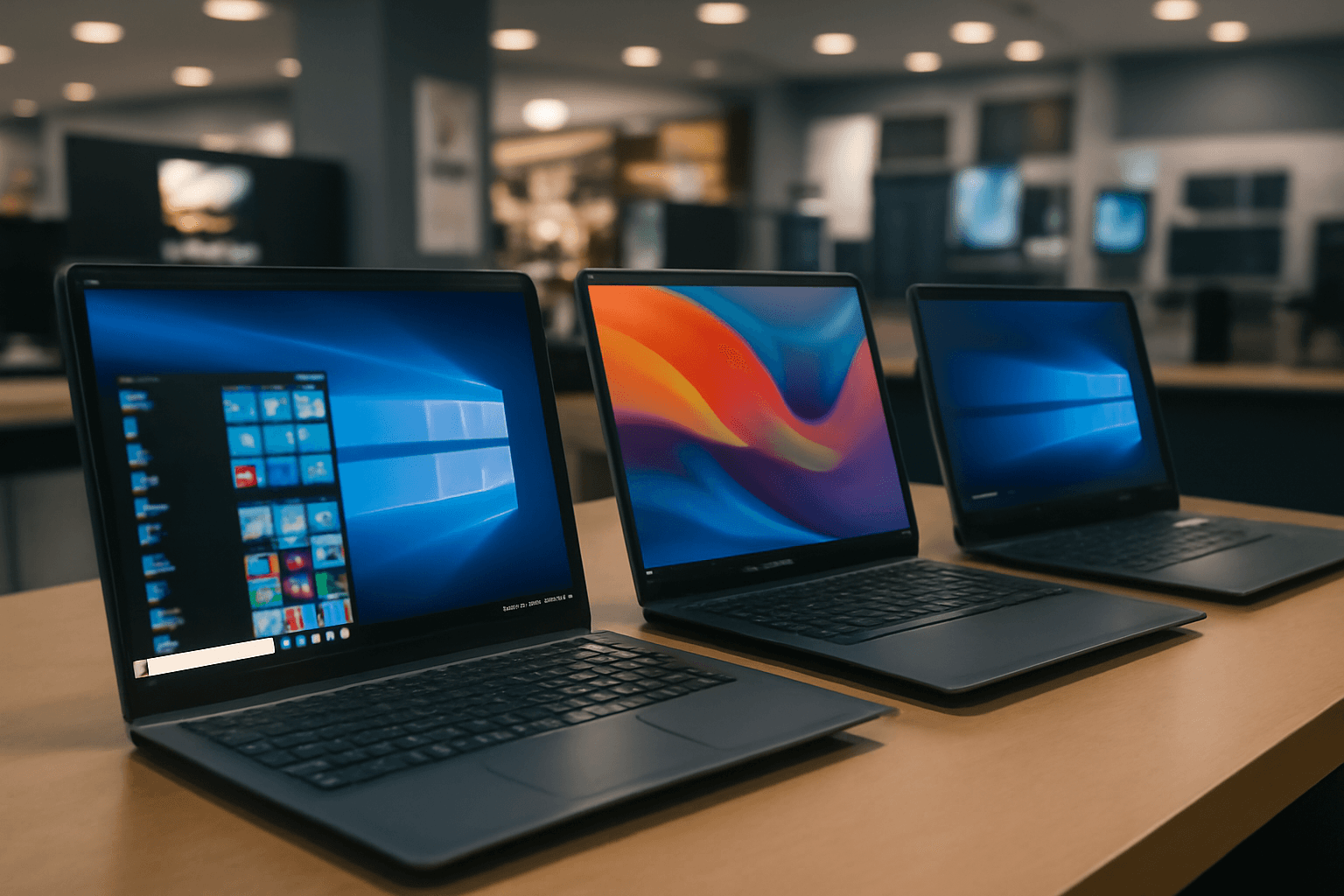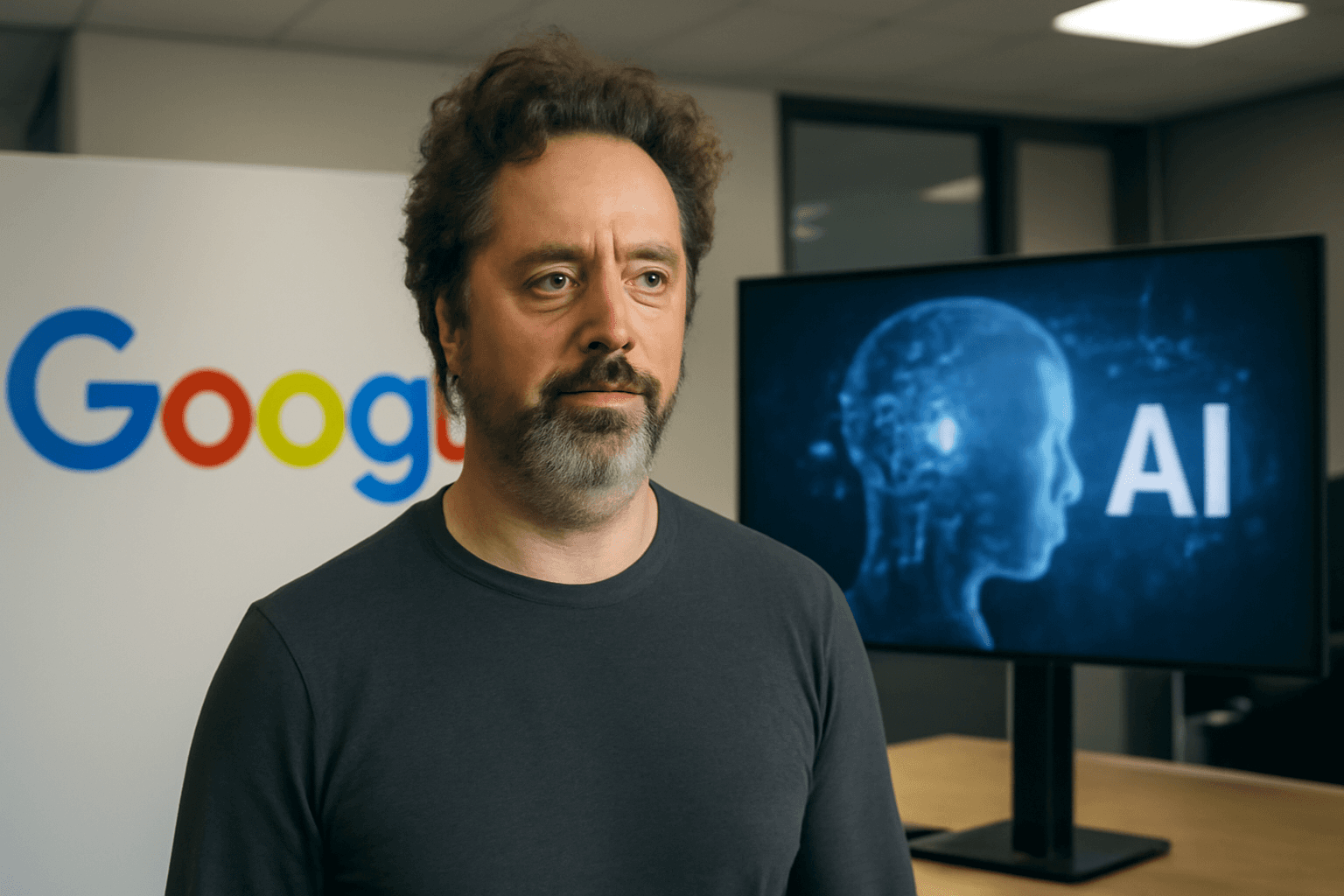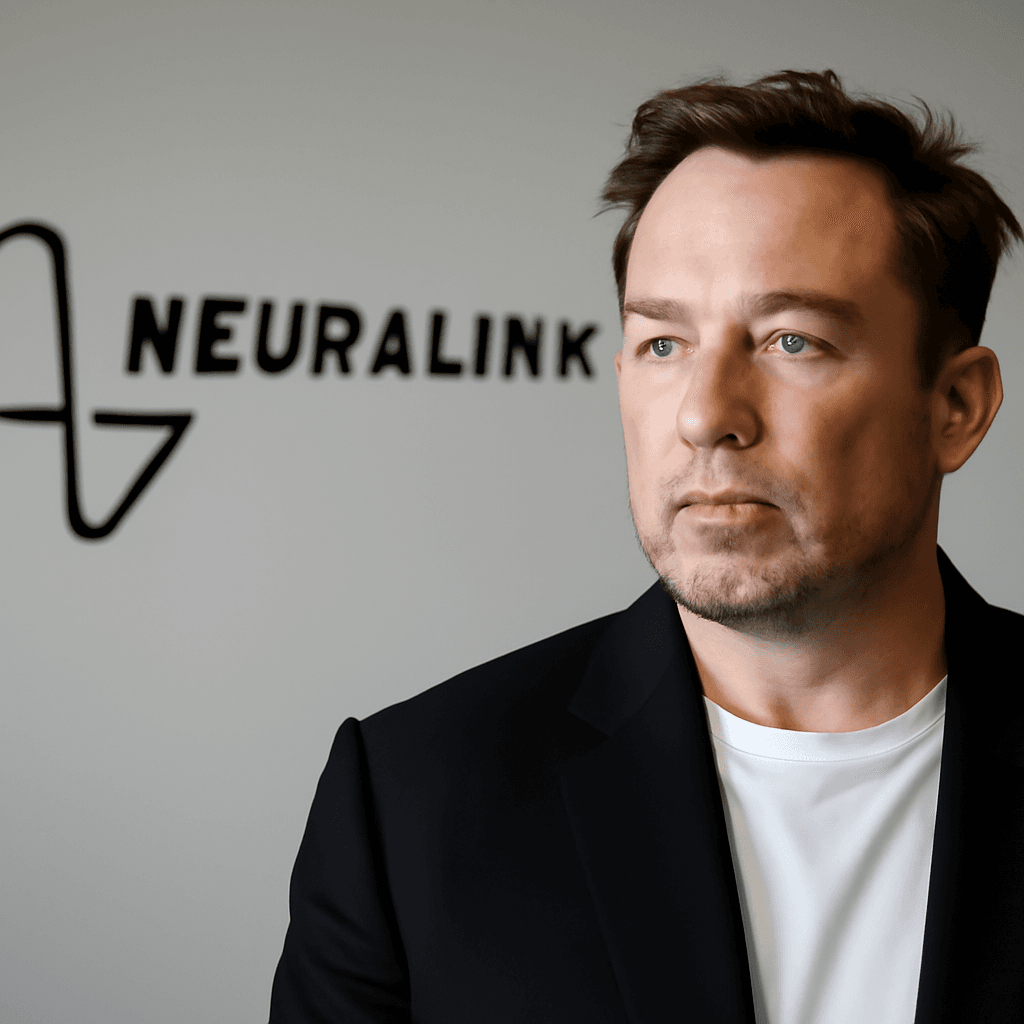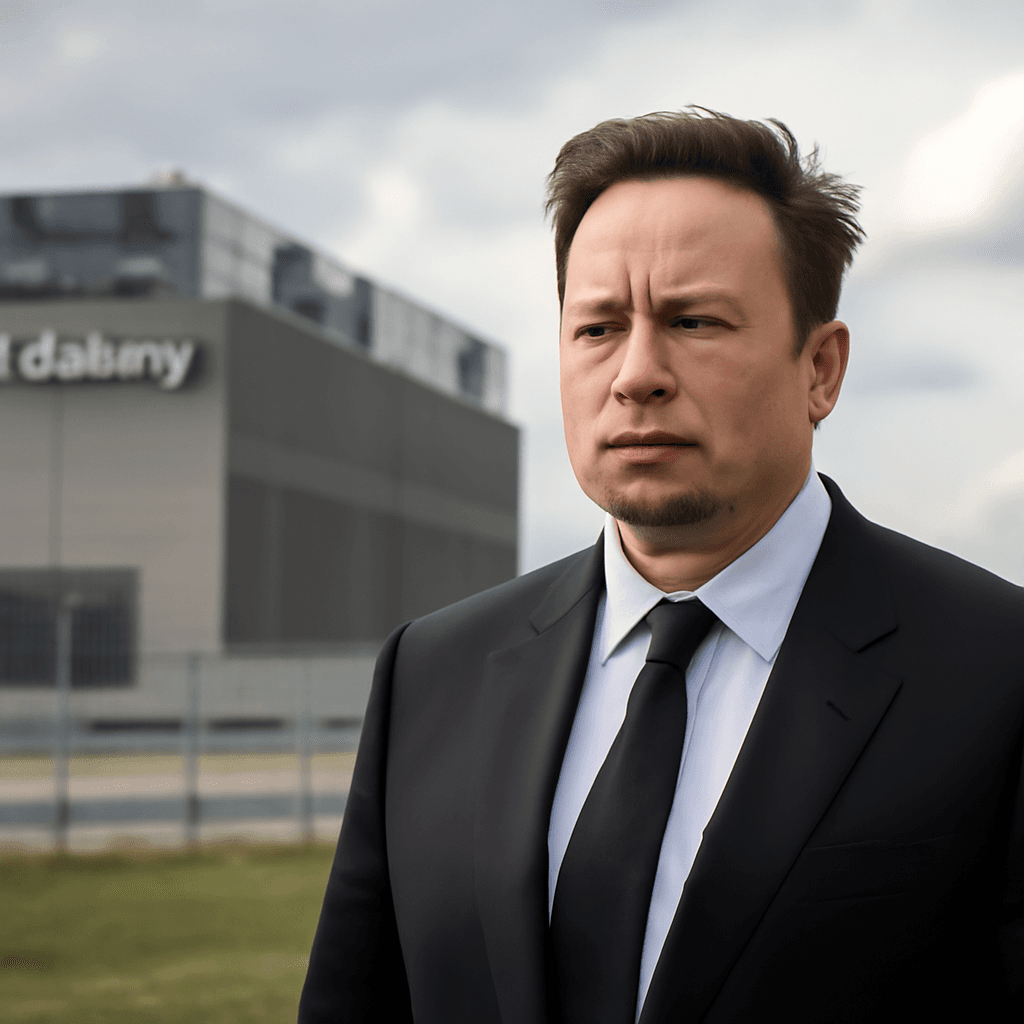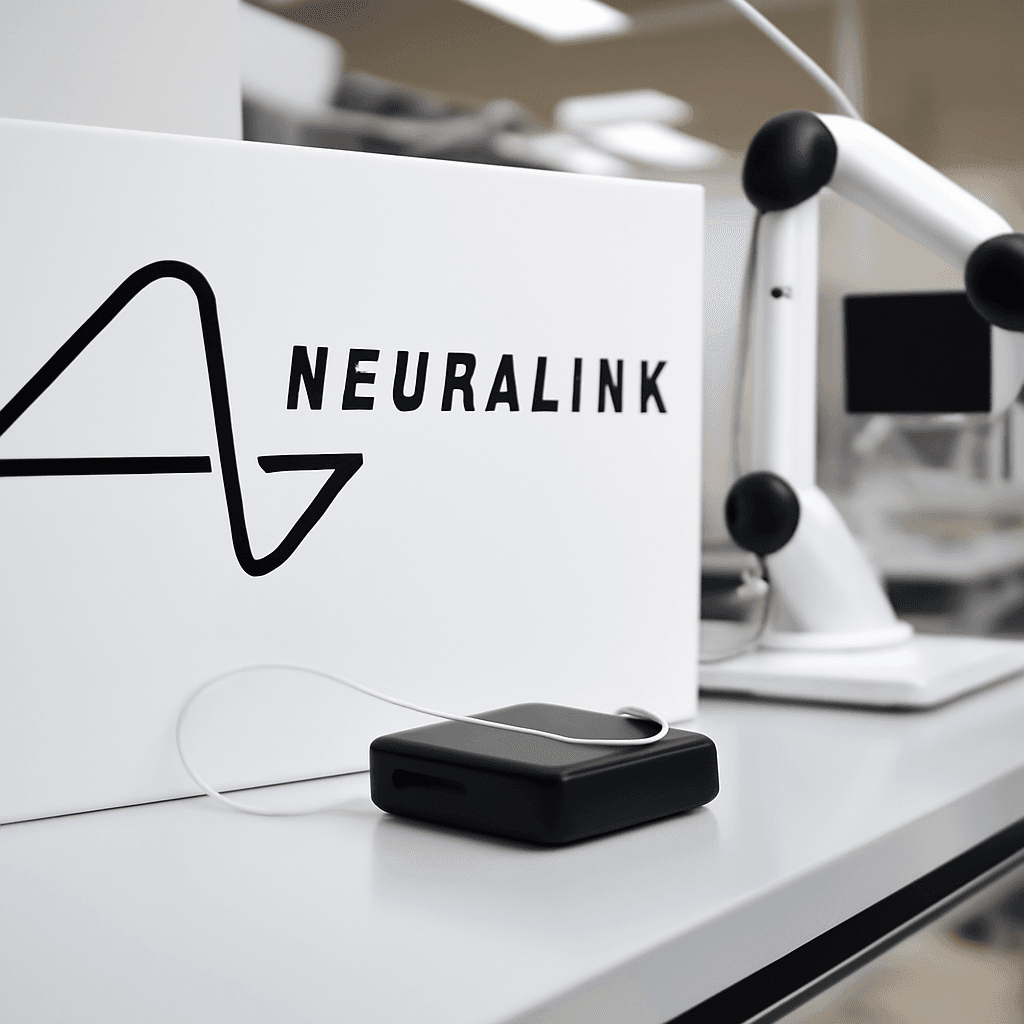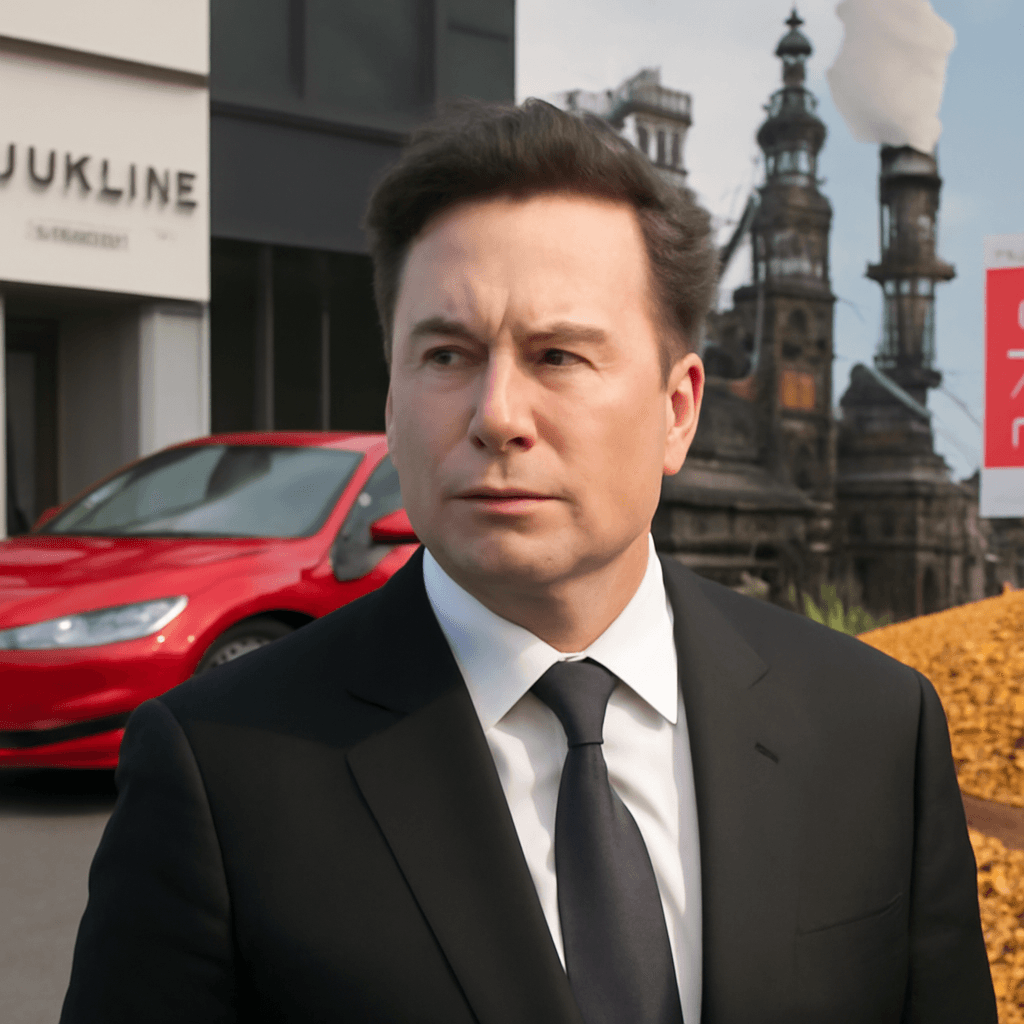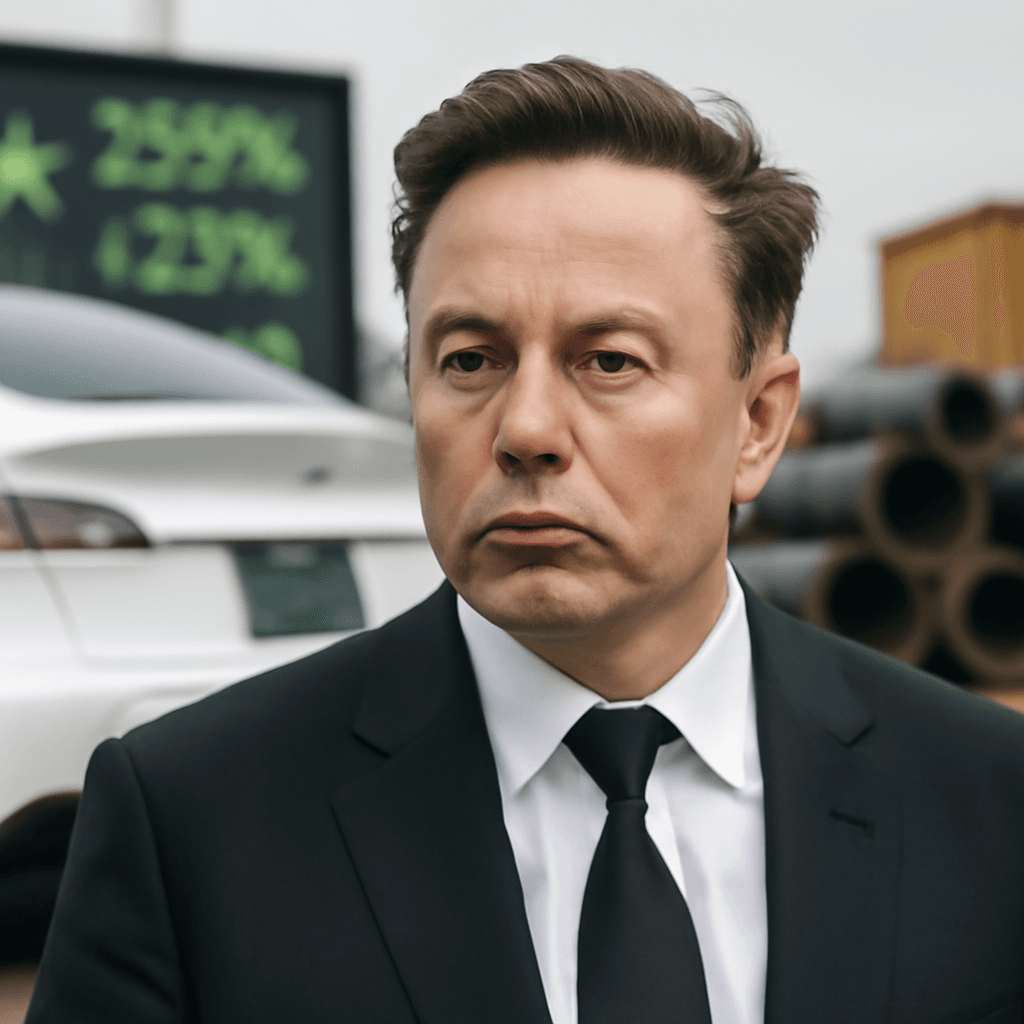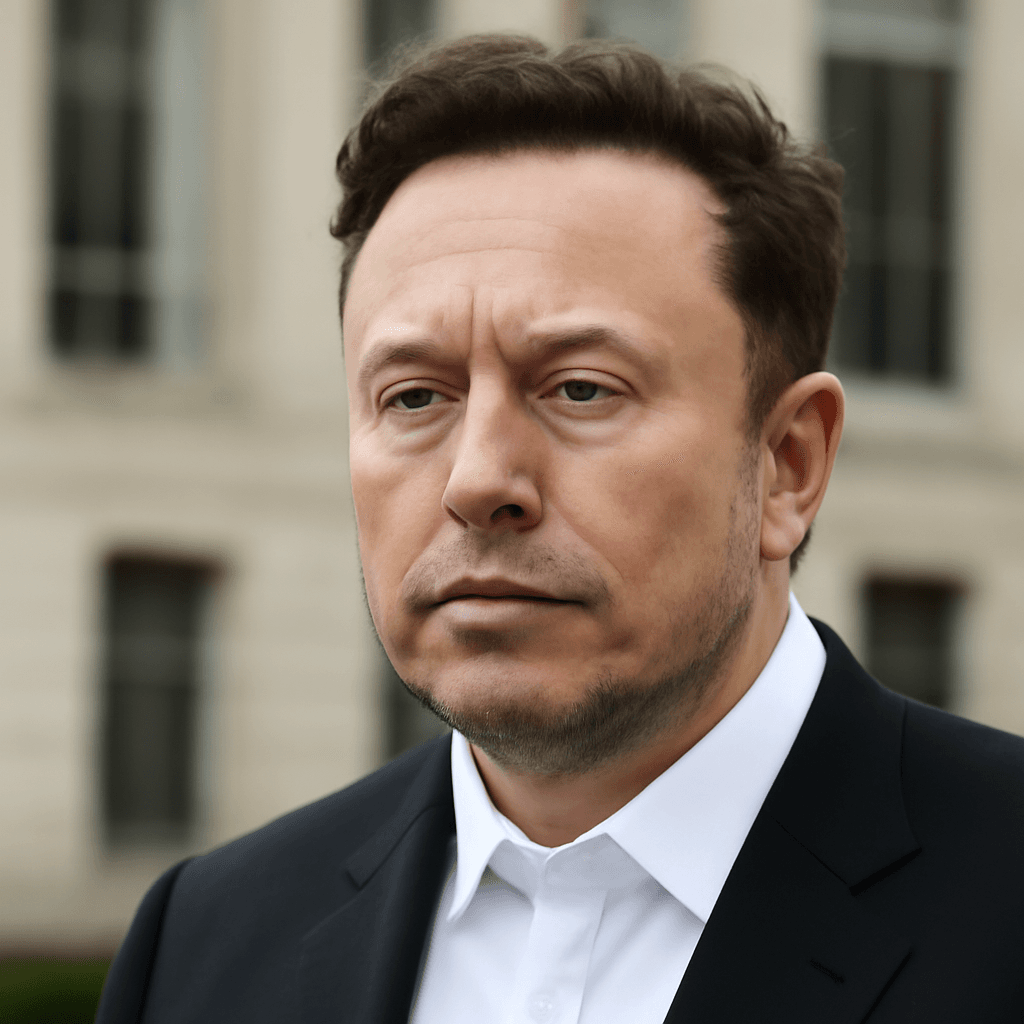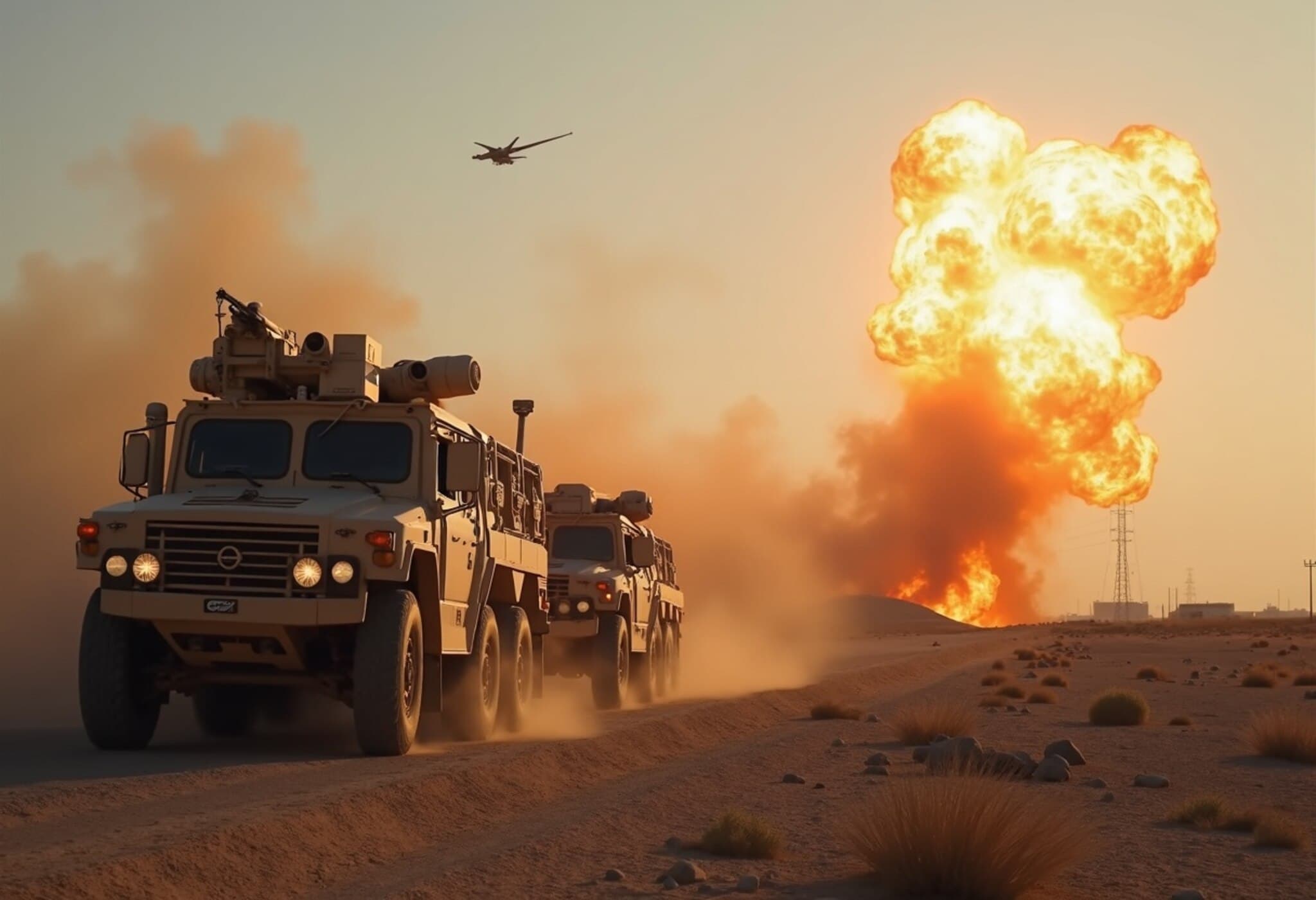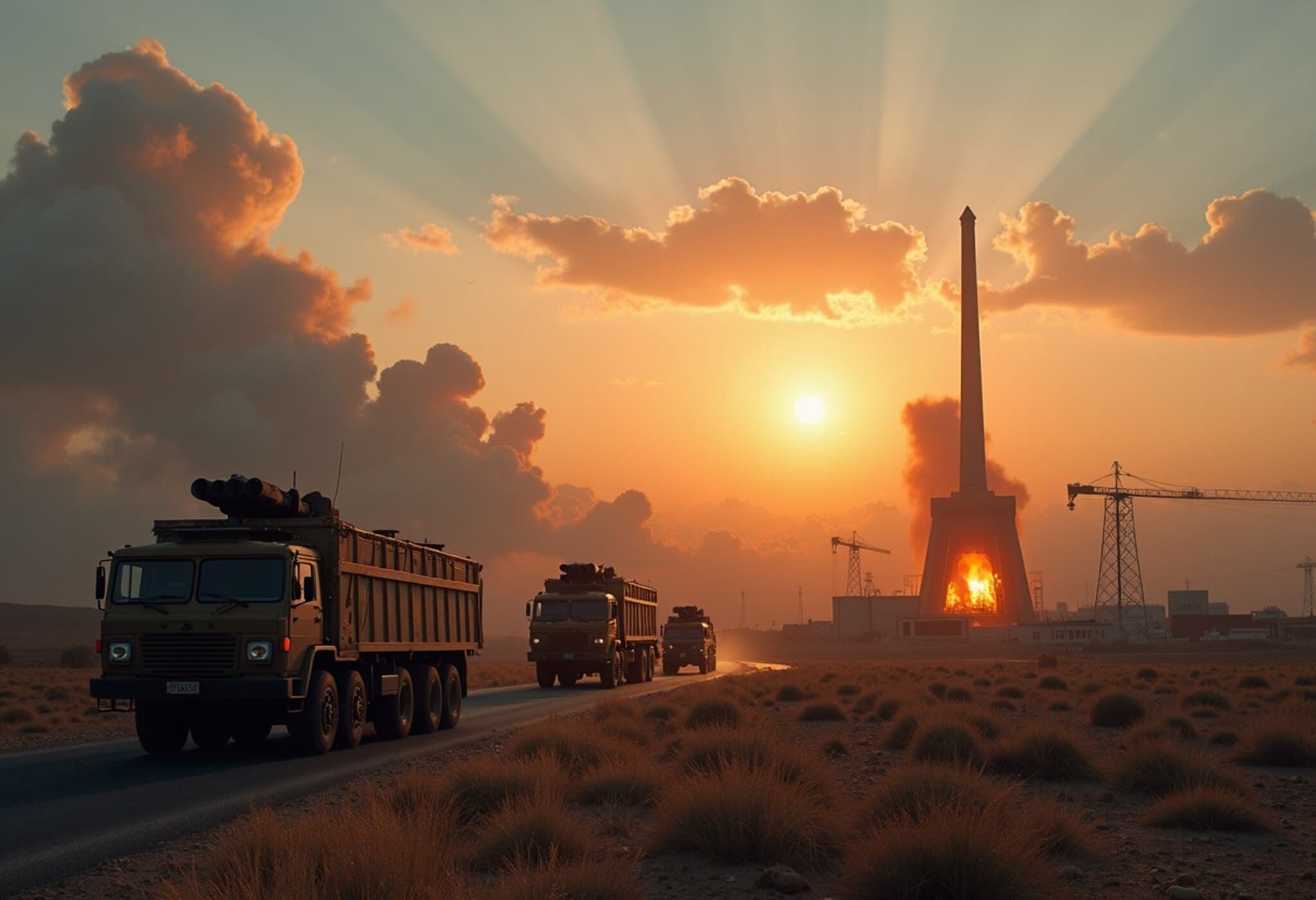Neuralink Breakthrough: Monkey Perceives Artificial Visuals via Brain Implant
In a striking advancement combining neuroscience and technology, Neuralink has demonstrated that its brain implant, known as Blindsight, can enable a monkey to perceive images that do not physically exist. This pioneering step brings the company closer to its ambitious vision of restoring sight to blind individuals and potentially enhancing human vision beyond its natural capacity.
How Blindsight Works
Blindsight operates by directly stimulating the parts of the brain responsible for processing vision. During recent trials, the implanted monkey consistently responded by moving its eyes toward visual cues that were artificially generated — essentially perceiving something that was not present in the real environment. According to engineers behind the project, the monkey correctly oriented its gaze at the targeted illusion about 66% of the time.
This achievement marks the first time Neuralink has publicly shared results from tests involving Blindsight, a brain chip designed to replicate the functions of the eye.
Potential Applications and Future Prospects
The immediate goal of Blindsight is to develop a device that can restore vision to people suffering from blindness. Beyond that, Elon Musk, co-founder of Neuralink, has spoken about the long-range possibility of enabling superhuman vision — for instance, the ability to perceive infrared light.
- Neuralink has been conducting experiments with monkeys for several years.
- The company aims to begin human trials soon, potentially within the current year.
- The system is expected to eventually include specialized glasses to facilitate the implant’s functionality.
Expanding Neural Interfaces: Beyond Vision
Neuralink is also advancing brain-computer interfaces for other medical conditions. The company has implanted devices in five people so far, including patients with paralysis, enabling them to communicate directly with computers.
In fact, some patients use their implants for up to 60 hours weekly, highlighting the growing integration between neural technology and human interaction.
Moreover, experiments have shown promise in stimulating spinal cords to trigger muscle movements. A notable example involved a monkey with a Neuralink implant whose muscles were activated by targeted spinal stimulation, hinting at future therapies that could restore mobility to paralyzed individuals.
Challenges and Technological Innovations
One of the reasons Neuralink’s research utilizes monkeys is due to the anatomical accessibility of their visual cortex, which lies closer to the brain’s surface compared to humans. This makes initial testing and implantation comparatively less invasive.
For human applications, Neuralink plans to employ specialized surgical robots capable of placing implants deeper within the brain, overcoming anatomical challenges.
Looking Ahead
Elon Musk envisions these neural advances as stepping stones toward enhancing human communication speed and bridging the gap between humans and artificial intelligence. Beyond medical uses, this technology could fundamentally transform how we perceive and interact with the world around us.
As Neuralink continues refining Blindsight and other neural devices, the prospect of restoring vision and enhancing human capabilities moves closer to reality.



